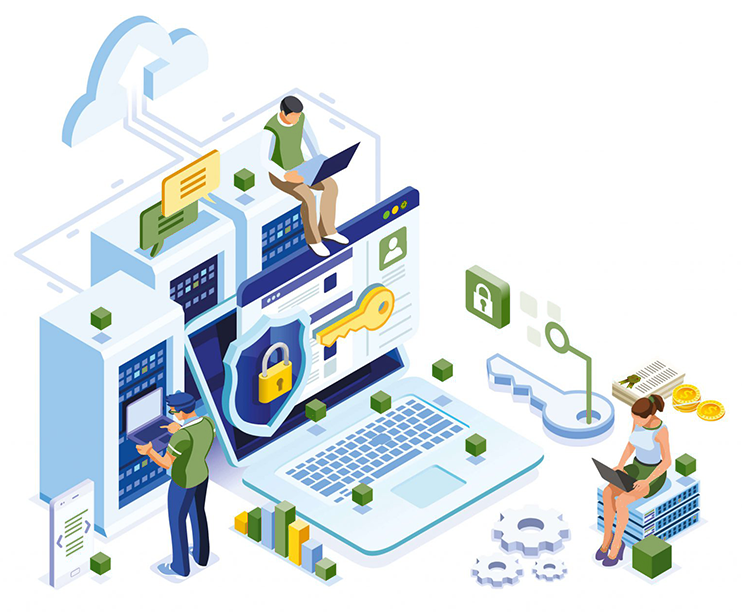
- Cost Reduction: by tracking and optimizing asset usage, organizations can avoid unnecessary purchases and reduce costs.
- Risk Mitigation: proper management of IT assets ensures that vulnerabilities are detected early, compliance with industry regulations is maintained, and the organization is protected from potential security breaches and penalties.
- Enhanced Productivity: effective ITAM solutions contribute to enhanced productivity and efficiency across the organization.
- Environmental Sustainability: by extending the life of IT assets and ensuring proper disposal, ITAM supports eco-friendly practices.
Core Components of ITAM

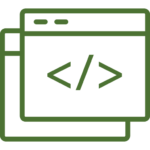
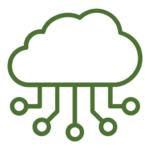
- Planning: identifying the need for new assets and planning their acquisition.
- Procurement: acquiring assets through purchase or lease.
- Deployment: installing and configuring assets for use.
- Utilization: active use of assets in daily operations.
- Maintenance: regular updates, repairs, and support to ensure optimal performance.
- Retirement: decommissioning assets that are no longer needed or functional.
- Disposal: properly disposing of assets, ensuring data security and environmental compliance.
Identifying the need for new assets and planning their acquisition.
Acquiring assets through purchase or lease.
Installing and configuring assets for use.
Active use of assets in daily operations.
Regular updates, repairs, and support to ensure optimal performance.
Decommissioning assets that are no longer needed or functional.
Properly disposing of assets, ensuring data security and environmental compliance.
- Maintain an Accurate Inventory: keep a detailed and up-to-date record of all IT assets.
- Automate Asset Discovery: use tools to automatically detect and track assets within the network.
- Standardize Processes: develop clear policies and procedures for asset management.
- Implement Lifecycle Management: manage assets from acquisition to disposal systematically.
- Regular Audits: conduct periodic audits to ensure compliance and identify areas for improvement.
- Training and Awareness: educate staff on ITAM policies and the importance of asset management.
FinOps, a contraction of “Finance” and “DevOps”, is a discipline focused on financial management on cloud spending. The goal of this discipline is collaboration within organizations to maximize value and minimize costs. This is closely related to IT Asset Management, which makes ITAM and FinOps a valuable combination within organizations. They are two seemingly different disciplines, with the same goal; maximizing value at minimum cost and risk. Which cloud assets are we dealing with? What costs are associated with them? How can we optimize this? Questions that form the basis for both ITAM and FinOps. FinOps focuses on the Cloud in this respect, ITAM focuses on all IT assets of the organization.
Both IT Asset Management (ITAM) and Identity & Access Management (IAM) support organizations in achieving cost savings and the efficient use of IT resources within organizations. However, the relationship between IT Asset Management and Identity & Access Management is two-sided; ITAM is of great value to IAM within organizations, but also vice versa.
First of all, IAM is very valuable for ITAM. IAM enables organizations to manage their digital identities and IT assets; when, for how long and how often have which IT users within the organization access to which software and IT resources. With this, Identity & Access Management maps an important part of the IT landscape of the organization. An insight that IT Asset Management gratefully uses. The insight that IAM offers here makes it easier to answer the question: are unnecessary costs incurred for unused IT resources and software licenses? For example because employees still have IT resources and access rights associated with a previous function. And how can these costs – and the associated risks – be mitigated?
In addition, ITAM is also very valuable for IAM. With IT Asset Management, overview and consistency are created within the organization. Especially in the selection phase of the IT life cycle, we look at which software and hardware is available in the market and which of these is best suited for the organization. When the selection phase has been completed, step two is to get these IT resources to the employees. Anyone who needs this software application for their work should have access to it. And if that person no longer needs access to the software application after a period of time, this license must be revoked immediately. IAM makes it possible to give the right people quick, easy and secure access to the right applications. But no longer than necessary.
IT Asset Management plays an important role in the field of IT security. A role that is widely recognized and reflected in several information security standards/frameworks. That is why we like to explain the relationship between IT Asset Management and IT security on the basis of three of these standards/frameworks:
- ISO/IEC 27001: in the ISO/IEC 27001 standard, IT Asset Management is described as an important requirement for securing information (Annex 8: Asset Management). This standard indicates that all assets connected to information and its processing throughout their lifecycle must be identified and managed up-to-date and consistently. All information must be classified to ensure that assets can be properly and proportionately protected.
- National Institute of Standards and Technology (NIST): within the NIST framework, all cybersecurity capabilities, projects, processes and activities are grouped into five categories: identify, protect, detect, respond and recover. Especially in this first category – identify – IT Asset Management is of great importance. This is where the foundation is laid for an effective cybersecurity policy that focuses on all IT within (and outside) the organization. In order to gain and maintain focus as an organization and to set priorities, this category provides insight into what you have as an organization – including IT and software assets – their importance and what risks are associated with them. With ‘respond’ and ‘recover’ it is also important to have access (at the touch of a button) to get information about IT assets. Where are they, who uses and/or manages them and what business processes are they connected to? Without that information, responding to and recovering from cybersecurity incidents is a labour-intensive and time-consuming activity.
- SANS20 Critical Security Controls (nowadays CIS18): in this prioritized list of recommendations that support organizations in minimizing risks and threats, Hardware and Software Asset Management rank 1 and 2. New and unprotected IT assets are usually targeted by hackers and malicious parties. Therefore, in Critical Control 1, companies are advised to make an inventory of all devices in the IT infrastructure. In Critical Control 2 it is advised to also include all software in this inventory. This inventory makes it possible to secure these IT assets in the right way. IT Asset Management can compile and maintain this inventory for organizations in a clear and efficient manner.
